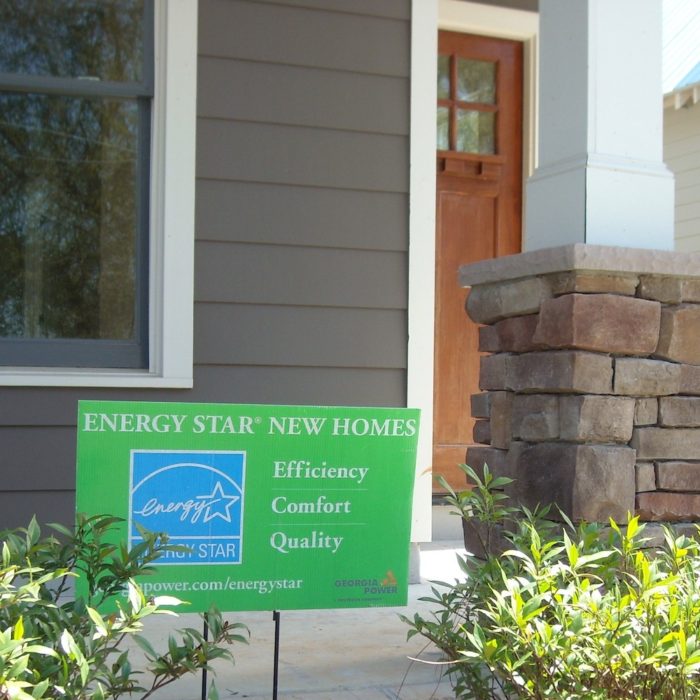
Image Credit: Energy Vanguard
Back in 2009, I attended a webinar given by Sam Rashkin, head of the Energy Star new homes program at the time. (He has since left the EPA for the DOE.) He explained the changes coming in the program as they prepared for the transition from what we now call Version 2 to the new Version 3. The part of the webinar that got the most attention was the change from a fixed HERS Index to a variable HERS Index target, but he also made a prediction.
It was clear that Energy Star was ramping up the requirements more significantly than they had in previous updates. HERS raters attending the webinar were worried what that might do to their rating businesses and asked about this. “We expect to lose about half of the builders in the program,” Rashkin said.
Builders are jumping ship
Before Energy Star Version 3 replaced Energy Star Version 2, the majority of HERS raters who had successful rating businesses rated mostly Energy Star new homes. We’re a HERS quality assurance provider, and about 80% of all the ratings we processed were for Energy Star new homes back in the good old days of Version 2. I don’t know what the national numbers looked like, but I’m sure RESNET could corroborate what I’m saying here since they’ve been tracking these data.
As it turns out, Rashkin was a bit optimistic with his prediction. I’m sure well more than half of the builders have jumped ship. As a provider, we’ve seen our Energy Star ratings fall to 20% of our total this year. We had some Version 2 stragglers earlier in the year, though, and if you take those away, our Energy Star Version 3 ratings make up only 10% of our total. From everything I hear from raters and providers around the US, our experience is not unique.
Why the precipitous drop?
If you talk to HERS raters, you’ll hear several reasons for Energy Star’s demise: The HVAC requirements are too onerous. The change came at a bad time, as the bottom had just fallen out of the housing market. The reduced thermal bridging requirements put too much liability on the rater when they recommend that builders use less framing. (See Skye Dunning’s excellent comment about these issues in my last article.)
Those things are all true, of course. In 2010, I went to an ES V3 train-the-trainer session in Raleigh, North Carolina, and the room erupted when we got to the new HVAC requirements. Most of us in the room were HERS rater trainers and RESNET Quality Assurance Designees and had spent considerable time fighting with raters, builders, and HVAC contractors over the much less rigorous V2 requirements. I remember telling Arnie Katz, the facilitator, that the new V3 requirements were perfectly reasonable, but the HVAC industry wasn’t ready for such a big leap.
Those things, however, are not the real reason Energy Star is dying. No, Energy Star is dying because they forgot what their role was. Energy Star used to be an entry-level energy efficiency program. Home builders generally didn’t have to stretch too far, or pay too much, to meet the requirements and get that Energy Star label. The program abandoned that role with Version 3.
Which way from here?
I wrote recently about Georgia Power’s path away from Energy Star to the creation of their own entry-level energy efficiency program, EarthCents. They had been piggy-backing on Energy Star and giving home builders a rebate for every Energy Star certified home (with some other requirements). Instead of moving up to Verson 3, however, they created their own program based on a fixed HERS Index of 77.
Georgia Power’s program, though, isn’t national in scope. The only entry-level activity going on nationally that I’m aware of is home builders marketing the HERS Index. RESNET was smart to push hard on this as soon as they knew what the new Energy Star Version 3 requirements were, and it’s worked. Our ratings took a dip from 2011 to 2012, when ES V3 first hit, but they’re up significantly this year.
The only problem with builders just getting a HERS rating is that it’s not a program with requirements that must be met. Version 2 of the Energy Star program was great because it required two inspections (pre-drywall and final), right-sizing of HVAC systems, and a maximum HERS Index. Any builder can get a HERS rating and market the HERS Index, even if it’s for a barely legal code-minimum home.
I’m certainly not knocking the idea of home builders marketing the HERS Index. After all, if they’re doing so to compete against other home builders, they’ll strive for better results. What I’m saying here is that a HERS rating is not an energy efficiency program, entry-level or otherwise.
It’s too bad that Energy Star vacated the entry-level program realm because their brand is so well known. Maybe they’ll come back to their senses and reclaim this market. Here’s an idea: They could do so easily by introducing a tiered program, which would allow them to keep the ES V3 requirements and have an entry-level program. In the meantime, home builders looking for a national entry-level energy efficiency program will remain in limbo.
Allison Bailes of Decatur, Georgia, is a speaker, writer, energy consultant, RESNET-certified trainer, and the author of the Energy Vanguard Blog. You can follow him on Twitter at @EnergyVanguard.
Weekly Newsletter
Get building science and energy efficiency advice, plus special offers, in your inbox.





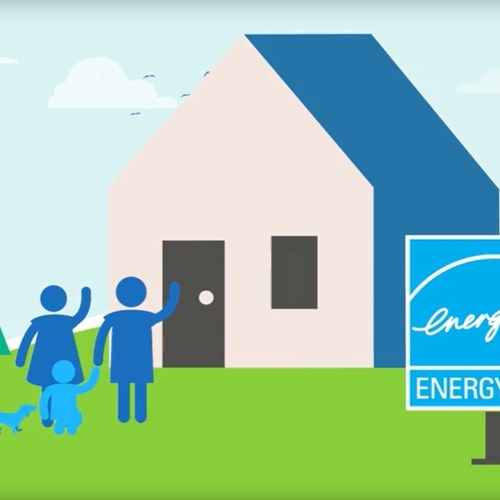
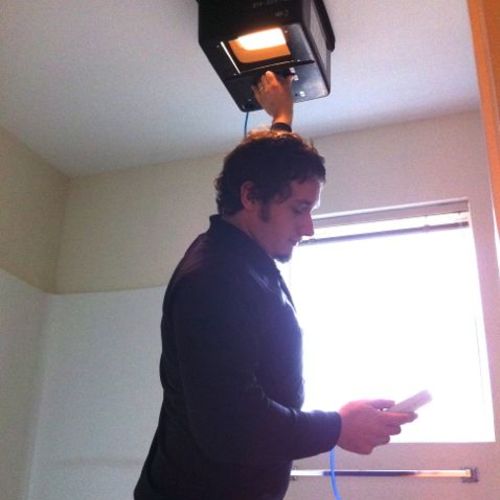
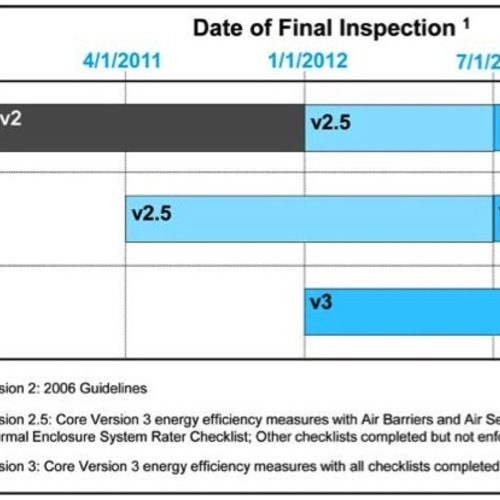
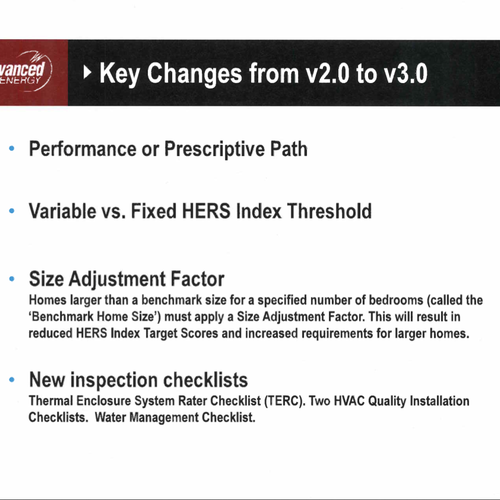






7 Comments
ecoSelect
Allison:
Here is a program that originated in NC and is trying to go national:
http://www.buildecoselect.com/index.html
I'm sure they would welcome your thoughts.
(Disclosure: One of our members is a founder of Southern Energy Management and the ecoSelect program.)
Why Energy Star is failing
I am a small custom builder and have been building energy star homes for about 5 years. In my experience with the program, the actual construction part is the easy part. The last three homes we completed had a HERS less than 55. The paperwork, the certifications and the general lack of customer service on the part of the state all make for a vary customer unfriendly program.
Last year I was getting my very scaled back rebates 18 months after the home was completed and approved by the Rater. The constant need for certifications and re certifications, the constant program changes and a general attitude by the program administers that what concerns the builder don't matter.
A few months ago I noticed that the energy star website no longer had my company listed. After numerous calls I was told that because 12 months went by and I had not completed a home I was automatically removed. I indicated that I was a small builder and don't always close a home in every 12 month period. Though in this case I had 3 new energy star homes registered with my Rater under construction that did not seem to matter. Finally after about a month of calls I was finally re registered with the program.
Of course that when I found out that they no longer posted a link to my website from their website, though the link had been there for years. Again after numerous calls and emails I was informed that they would not link to my website because my website in one instance we used the term energy star with a lower case e and s.
This is a most non customer service oriented program. The people who work there don't seem to care anything about the companies that do the work to create these energy efficient homes. I guess they think that the messily $3,500 rebate we get more than pays for the extra cost to build these homes.
Energy Star should have stuck to their knitting
Energy Star for new homes should have stuck to their knitting. SAVING ENERGY!
I remember the first time I saw version 3 and provided feedback. It was not only more complicated and expensive, it also expanded its scope into areas that Energy Star (the brand) cannot and should not live. I fully understand the need to make homes energy efficient and safe, but we already have uniform building codes that provide common regulations for building and deal with many of the same areas, including energy efficiency. We don’t need another layer of prescriptive regulations and more paperwork!
What we need is a standard method of optimizing the energy efficiency of new homes. Homeowners want the lowest operating costs given their lifestyle choices. The Wisconsin Focus On Energy New Home program walked away from Energy Star V3 in 2013 and thank goodness. The Wisconsin program is driven by energy performance of the new home versus that same home built to UDC codes. The more efficient it is, the more incentive the builder can get. It’s not perfect, but it allows innovation within the industry and does not purport to be “all knowing” by dictating requirements. The Wisconsin program uses an analytical approach to model whatever you build and compares it to the same building built to UDC. That allows builders to explain to customers how much more efficient their house is compared to a house built to code. The Wisconsin Focus on Energy New Homes program has stuck to its knitting, and the results speak for themselves. There has not been a significant decline in participation like the Energy Star program.
The way to make all of our “sustainability efforts” sustainable in the market is to provide tangible value to consumers by showing them how to save money while being responsible. We are trying to do just that at eFree Homes.
http://www.efreehomes.com/
Sounds familiar Todd Miller
I too am a small custom builder, located in a rural area of Colorado. I was also dropped from the program due to the 12 month period. It was embarrassing and degrading to call and explain myself, and seemingly grovel to still be included with the cool kids. I had been a strong advocate of Energy Star, and it seems that a bit of understanding, and even outreach would have been appropriate.
And then came V3. It was about this same time that I was training toward my RESNET certification. I was in the infancy of my probationary rater period, and the new requirements hit, which require further education at a substantial cost, etc. The demand for ratings was already low, and the new V3 pretty much put the nail in the coffin. My HVAC contractors were less than enthusiastic, and any semblance of Energy Star in this area have disappeared. Things are coming back, I am busy with new home starts for the first time in 3 years. Other builders are busy as well, but not a single one is shooting for Energy Star, or any other certification for that matter.
I really feel we dropped the ball - we could have been primed for all of this new construction to be held to a higher standard, and the Energy Star brand had the power to do that, but now we are starting all over again. Maybe it was just bad timing, and Energy Star thought the wave was coming for these new standards before the economic meltdown, but surely they had time to stop paddling and wait for another set?
Energy Star needs to keep up with changing energy codes
I am a HERS Rater and Verifier for the Northwest Energy Star Homes program in Washington State. I agree that the program can be difficult to navigate, the 12-month requirement is bogus, and certification can be expensive.
And while I also agree that Energy Star was designed to be an entry level program, the fact is that "entry level" has changed as energy codes have changed. Getting ES certification under version 2 (at least in Washington) was barely better than code. Having a builder being able to market a home as "energy efficient" and "green" with a label as well-known as Energy Star for a home that is only slightly more efficient amounts to false advertising and green-washing in my opinion. Consumers know the Energy Star label and trust that it only goes on products that are truly energy efficient.
If builders are looking for a relatively inexpensive, easy way to distinguish their homes as being slightly more energy efficient that code, they can get a HERS rating that shows clearly how much more efficient their home is. If they want to distinguish themselves as builders of truly energy efficient homes deserving of the Energy Star label, then they should have to build a home that performs significantly better than the one next door.
As the market changes and codes change, all of the green building programs I work with are evolving and becoming more stringent. Energy Star needs to keep up as well.
Competition Verses LEED for Homes
Our HERS organization has seen a slight drop-off in participation for sure, but the same builders who consistently enrolled their projects have continued to do so. Only the ones that flirted with ES2.0 and 2.5 dropped out.
My impression is that Energy Star decided to change its entry-level approach for 2 reasons:
(1) It saw competition from LEED for Homes, and
(2) More and more builders were routinely achieving the standard, and the Program wanted to position itself to certify homes of a higher standard.
Just completed my 3.0 home
Having just completed my 3.0 home, the construction part was very easy, it was the hvac that we had big problems with. with the 8% duct leakage requirement, many hvac installers around here certainly do not hit that. We had to do 3 retests to get it down, the final one we actually hit about 6% leakage, which the HERS rater claimed is what version 3.1 is going to require. All of the paperwork is submitted so now waiting on the certification, so we will see how that goes. But in general, from a building construction standpoint, I feel the level of construction for the shell is not at the same level of requirements by hvac guys (certifications, etc).
Log in or create an account to post a comment.
Sign up Log in